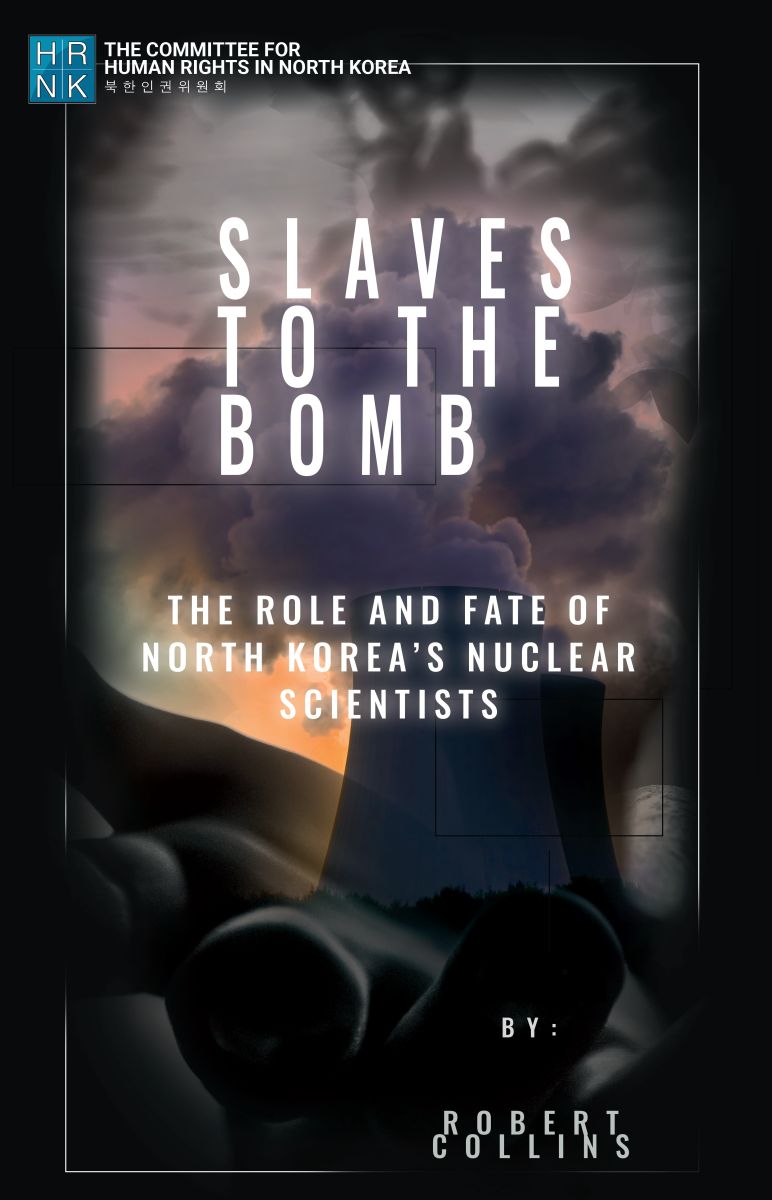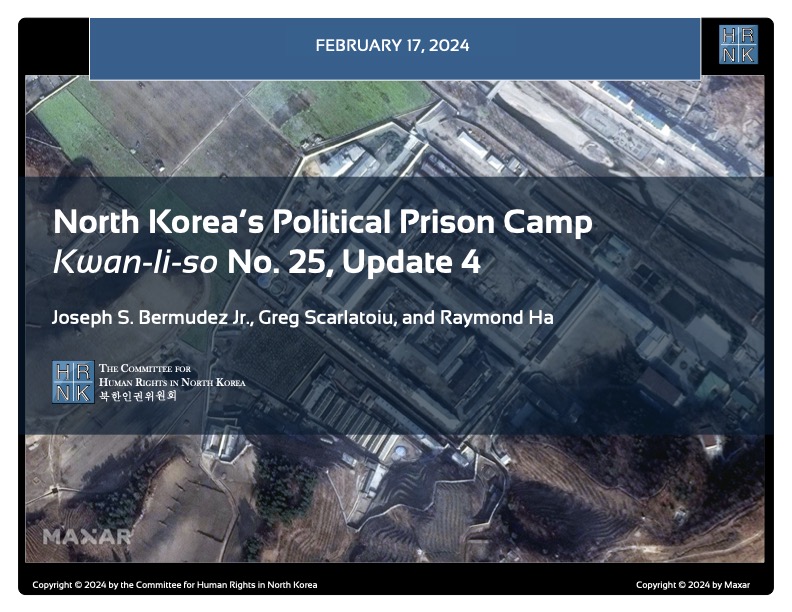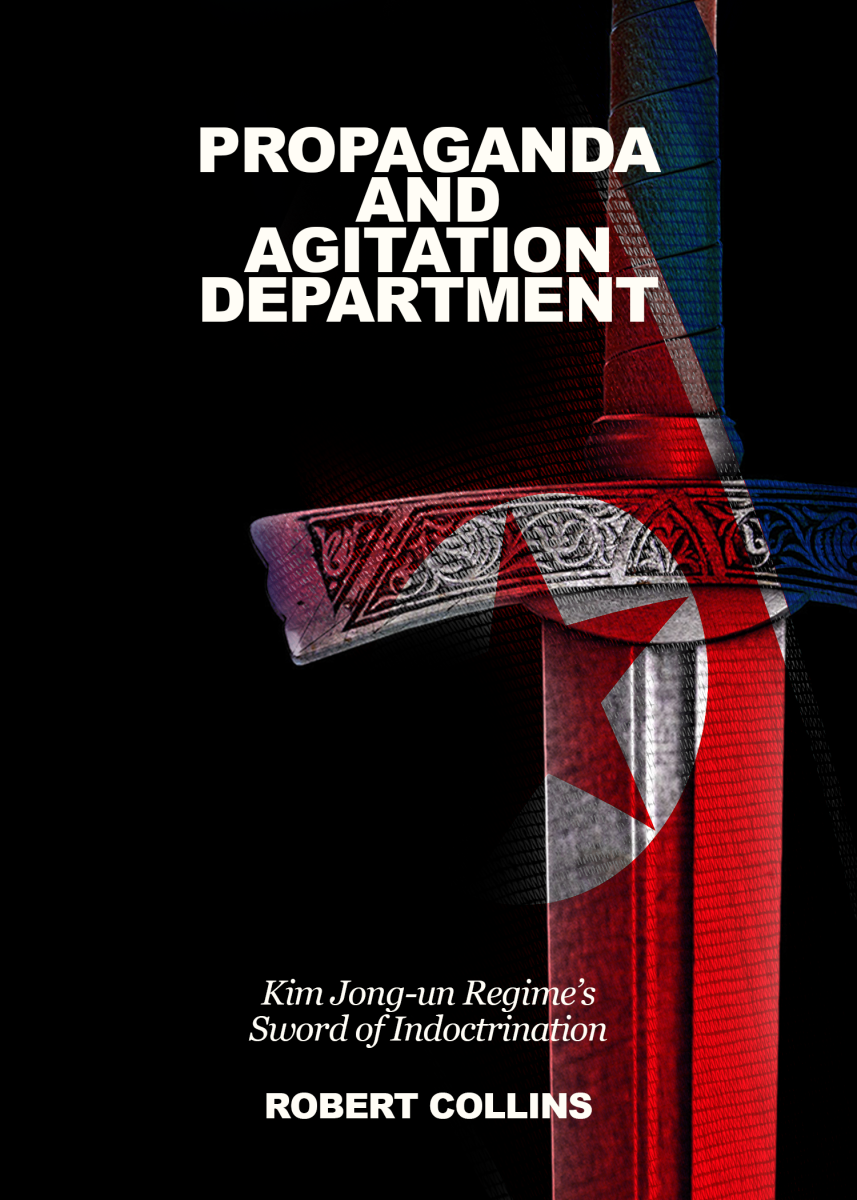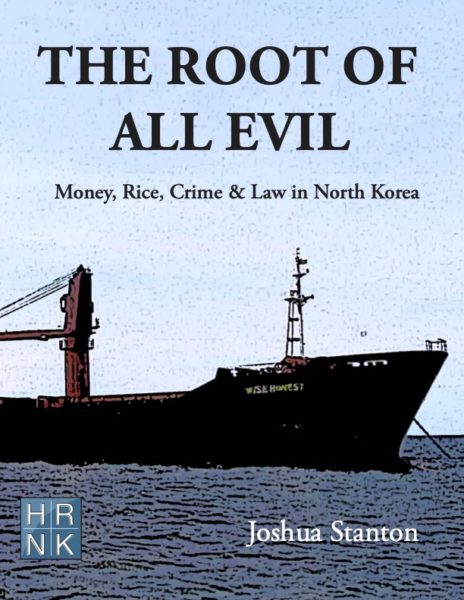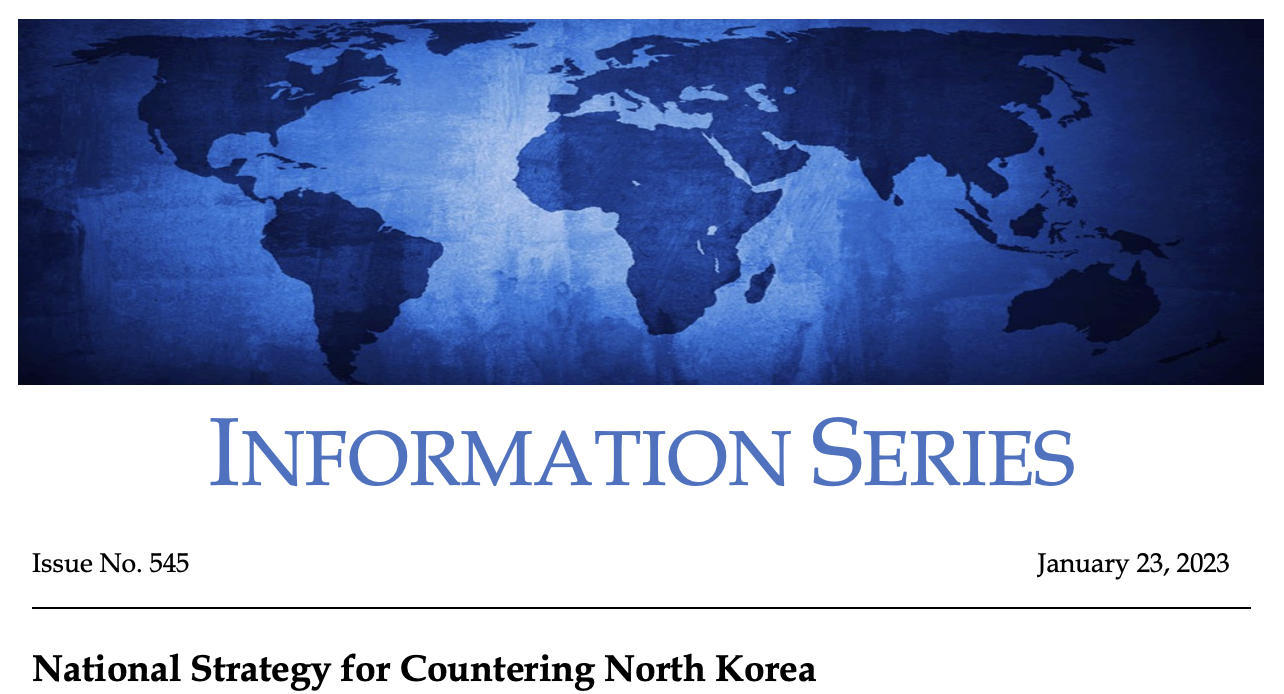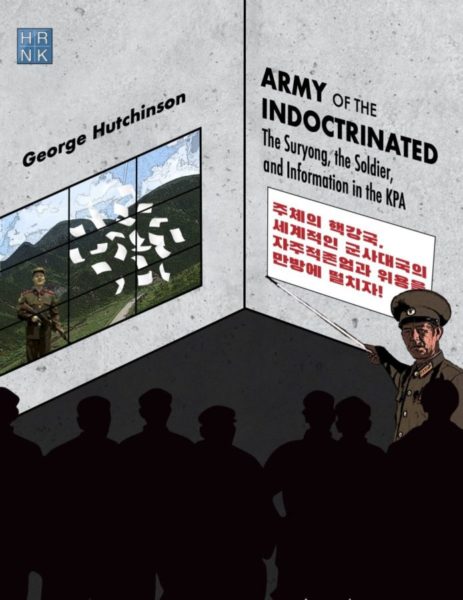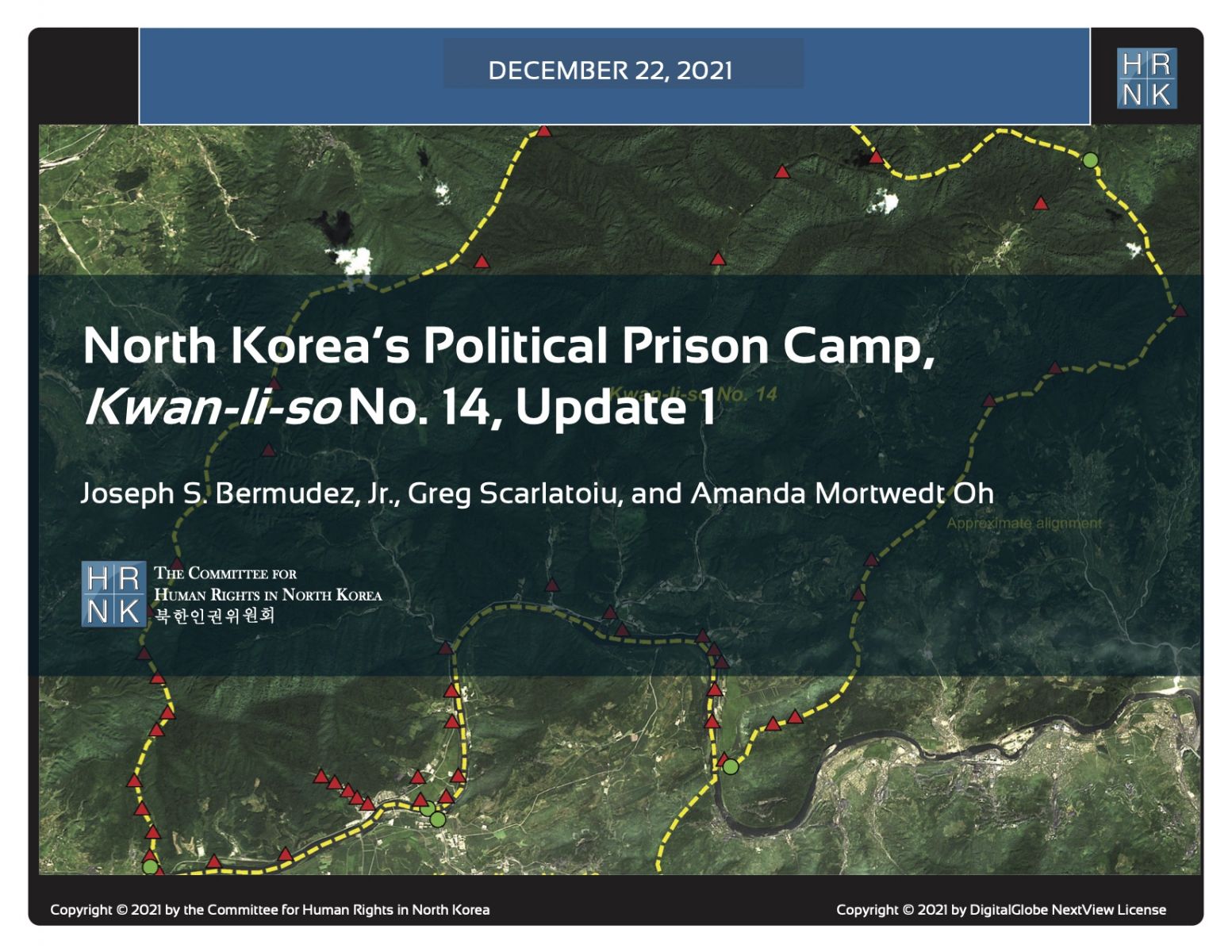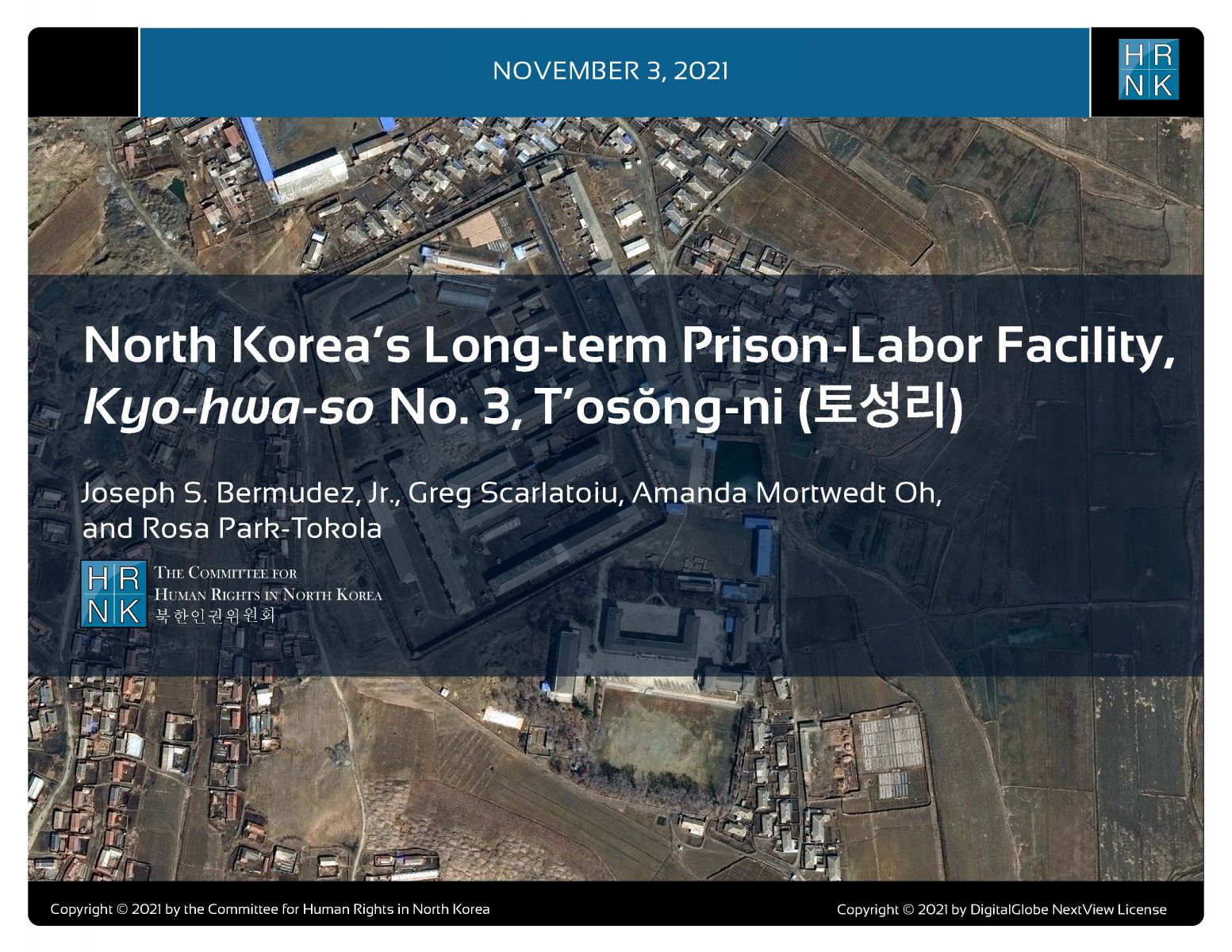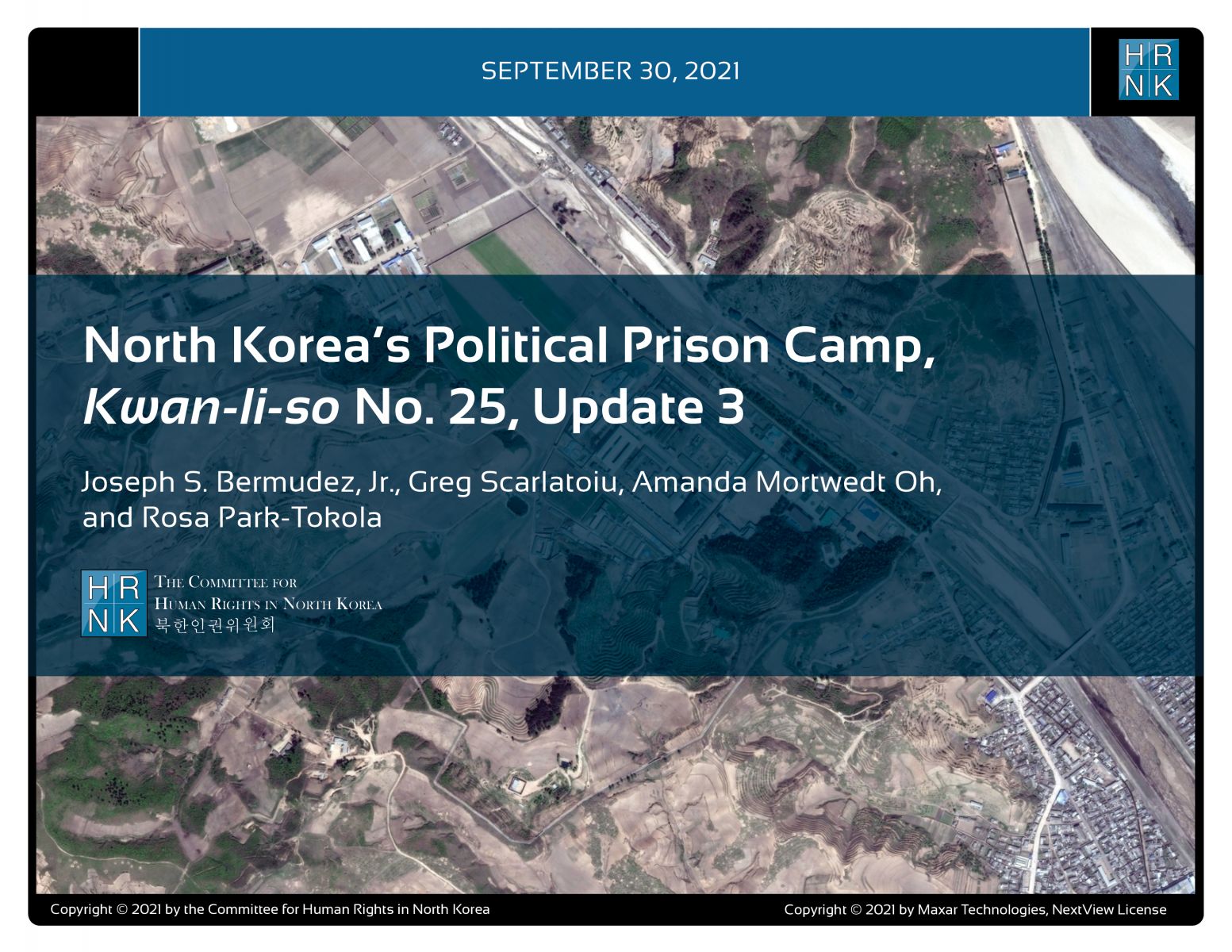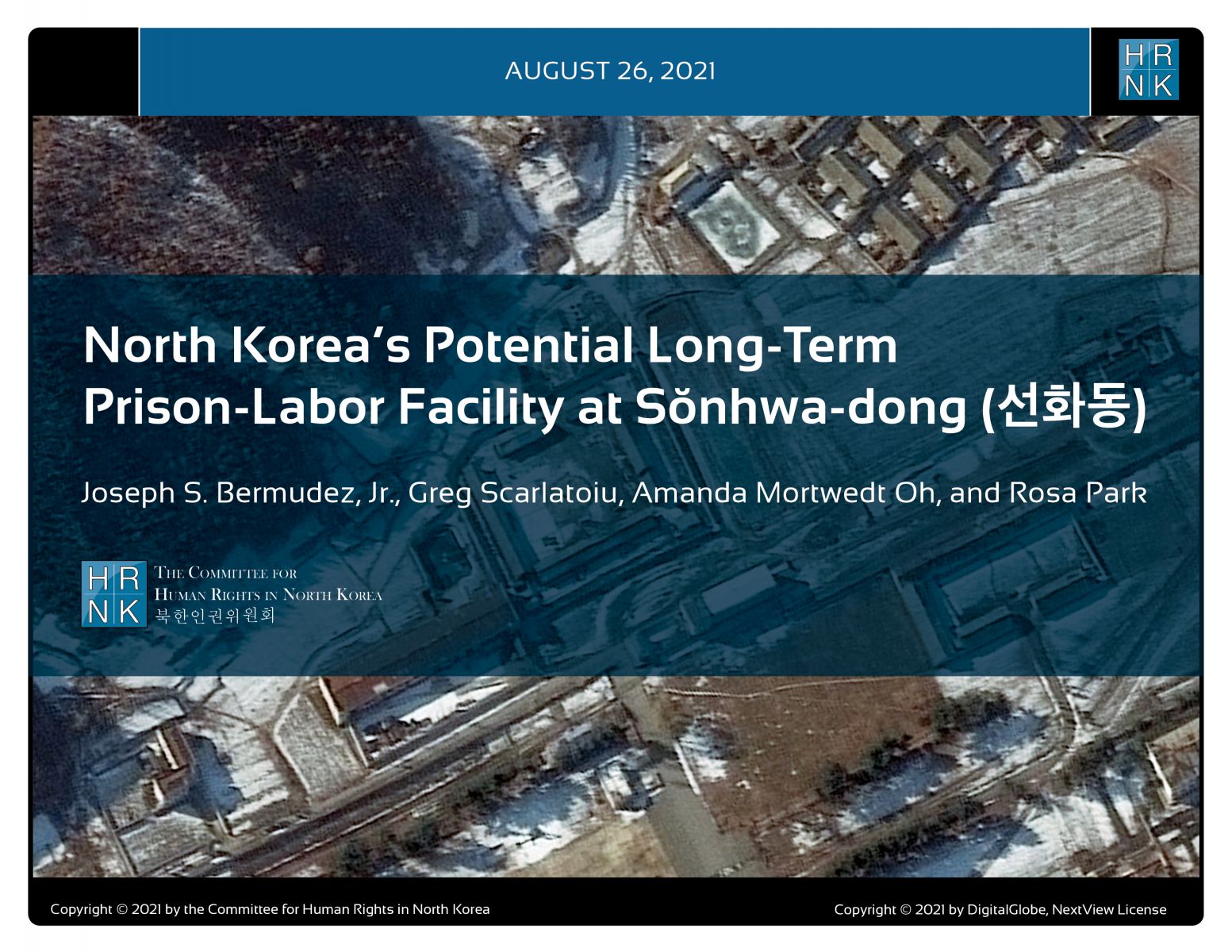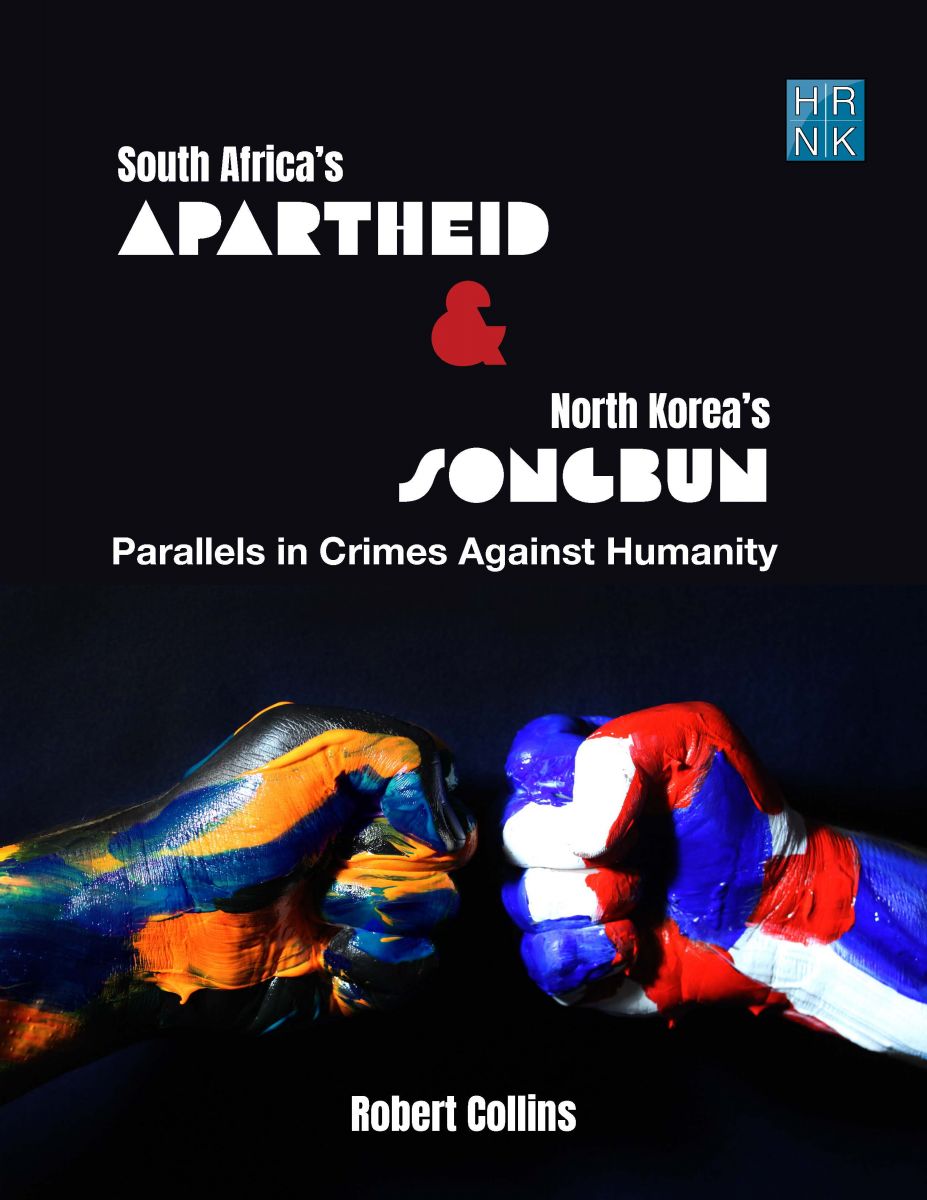북한인권위원회 창립 문서
북한 내의 인권유린은 더 이상 외면되어서는 안될 심각한 불의입니다. 지난 수십 년 간 북한주민들은 엄격히 폐쇄되고 철저히 통제되어, 외부 세계에 그들의 실상이 전혀 공개될 수 없는, 전체주의 제도 하에 살아왔습니다. 인권 단체들과 국제 미디어 모두는 북한내부상황 접근에 어려움을 겪어 왔습니다. 강력한 이데올로기의 장벽과 일촉즉발의 긴장상태의 국가방어태세로 인해 분단된 남북 간의 심각한 갈등상황은 북한의 고립과 국제사회의 침묵을 강화시켜 오직 민감한 안보문제만이 한반도의 정치이슈가 되도록 하였습니다.
1995년 부터, 기아와 관련 질병으로 백만명 이상의 북한주민들이 사망하였고, 수백만 이상의 주민들은 국경을 넘어 중국으로 탈북하였습니다. 이러한 인간 대참사는 세계로부터 북한을 고립시켜왔던 침묵의 벽에 첫 균열을 가져왔습니다. 인도주의 구호 종사자들은 활동에 제한을 받기는 했지만, 북한정권의 억압적인 관행에 대한 증인이 되어왔고, 북한 난민들은 끔찍한 인권침해에 대해 일관성 있게 증언해왔습니다. 뿐만 아니라, 북한 정부는 경제와 식량원조를 절실히 필요로 하여, 캐나다, 호주, 그리고 대부분의 유럽연합 국가들과 같은 많은 민주주의 국가들과의 외교관계를 정상화 해왔습니다. 침묵의 벽의 균열이 점점 커져감에 따라, 북한 정권은 더이상 억압적인 체제상황을 숨길 수 없게 되었으며 점차적으로는 인권 단체들과 민주주의 정부들의 조사에 따라야 할 것입니다.
이제는, 북한정권의 억압에 대해서 공개적으로 밝히고, 다른 국가의 국민들에 유엔 인권 기준을 적용하 듯, 북한 국민들도 이 기준에 적용대상이 되어야 함을 주장해야 할 때가 되었습니다. 주목할 만한 것은, 북한이 시민적 및 정치적 권리에 관한 국제규약(ICCPR)과 경제적, 사회적, 문화적 권리규약(ICESCR)에 비준했다는 것입니다. 그러므로, 북한은 북한시민 및 국제사회에 맺은 약속을 이행하여 국제규약 조항들을 따르고, 국제규약기준에 어긋나는 정책과 활동에 대한 책임을 져야 합니다. 북한은 지속적으로 국제협약를 위반해 오고 있습니다. 그러나, 국민들에 대한 국가의 기본 의무조차 망각하는 북한 정부의 만행이 더 이상 허용 되어서는 안될 것입니다.
비록, 북한 인권에 대해 얻을 수 있는 정보는 제한적이지만, 그 정보 만으로도 이미 심각한 염려를 불러일으키기에 충분합니다. 북한은 분명히 세계에서 가장 폐쇄적이고 억압적인 체제의 전체주의 국가입니다. 북한 정권이 기본 인권을 무시하는 행위은 일정 개인과 집단에게만 국한되는 문제가 아니라 북한 국민 전체에 영향을 미치는 문제입니다. 북한 정부는 마음대로 주민들을 집에서 끌어내 감옥에 보내며, 그들을 억류하고 감금하고 있습니다. 북한에 사법심사제도는 존재하지 않으며, 형사사법제도 또한 정부의 명령에 따르게 되어있습니다. 북한주민들은, 오로지 북한 지도층 찬양 목적을 위해 존재하는, 정부 통제 하의 보도매체를 통한 수많은 선전용 정보에 영향을 받고 있습니다. 대부분의 북한주민들이 이용하고 있는 라디오에서는 정부방송만을 방영하고, 공공장소의 확성기를 통해서는 정부 프로그램만이 방송됩니다. 이러한 세뇌교육은 지역사회에서 부터 학교에서 까지 전방위적으로 이루어집니다. 모든 북한주민들의 의견은 정부 안보 기관에 의해 감시받고 있고 수많은 가정 집에는 전자 감시장치가 부착되어 있습니다. 자녀들이 부모에 대해 고발하는 것 또한 권장받고 있습니다. 개별적인 집회는 금지되고 있으며, 모든 기관은 정부에 의해서 만들어 지고 통제 되고 있습니다. 조선직업총동맹(GFTUK)은 노동자의 생각을 감시하고, 근로조건과 규율을 강화하는 역할을 맡고 있습니다. 종교의 자유는 보장되어 있지 않으며, 모든 예술활동은 반드시 이전과 현재의 지도자, 김일성과 김정일의 신화를 찬양하도록 하고 있습니다.
우리 위원회는 기본적인 인권이 체계적으로 침해받고 있는 세가지 영역에 특별한 관심을 모으고자 합니다.
- 정치범 수용소 및 강제 노동 수용소 제도: 북한은 정치범 수용소와 강제 노동 수용소에 약 20만명 정도를 수감하고 있는 것으로 추정되고 있습니다. 가족 구성원 중의 한명이라도 정치범으로 몰릴 시에는, 대부분의 경우 아이들을 포함한 전 가족이 체포를 당하게 됩니다. 수감자들은 잔혹한 상황 속에서 강제노동을 해야하며, 수용소 내 고문은 일상적으로 자행 되고 있습니다. 수많은 수감자들이 굶주림과 질병으로 사망하고 있고, 그 외의 다수는, 어린 아이들이 포함된 많은 군중들 앞에서 공개처형을 당하고 있습니다. 지난 삼십년 간, 40만명 정도의 수감자들이 사망한 것으로 추정됩니다.
- 기아문제와 식량 및 생필품의 공평한 분배 거부: 북한주민의 삶 속에 기아로 인한 끔찍한 인명 손실은 북한 전 사회 계층이 겪고 있는 문제가 아닙니다. 북한 당국은 주민의 계층을 충성도에 따라 분류하고 있고, 북한 전체 인구의 4분의 3정도를 차지하는 적대계급 또는 동요계급으로 분류 된 계층에 모든 고통이 전담되고 있습니다. 이처럼 비우호적인 범주에 속하는 계층의 주민 본인은 물론 그들의 아이들은, 식량 뿐만 아니라 주택, 의료, 고용, 교육에 있어 다른 계층과 동등한 기회를 부여 받지 못합니다. 이러한 상황은, 식량이 빈곤 정도가 아니라 국가에 대한 충성도에 따라 배급되는 것에 대하여 불만을 표명하는 인도적인 구호 단체들의 입장을 이해할 수 있도록 합니다. 몇몇 구호 단체들은 식량 배분에 대한 북한 정부의 간섭(또한 북한당국의 군미전용 가능성)과 의료진이 치료가 필요한 주민과 아이들에 접근하는 것을 허용하지 않는 행위에 항의하여 실제로 식량지원을 철회하기도 한 바 있습니다.
- 중국 내 탈북난민들의 고통: 1990년대 초반의 기근을 시작으로 수천 만 명의 북한주민들 (대부분 영양실조 상태의 여성, 노인, 아이들) 중 다수가 국경선을 넘어 중국의 길림성과 요녕성의 북동지역으로 탈북을 하고 있습니다. 북한에서 당국의 승인없이 나라를 떠나는 것은 개혁위원회(정치범 수용소의 완곡한 표현)에서 최소 7년형에서 최고 사형을 선고받을 수 있는 범죄입니다. 중국은 1951년 난민협약에 승인했음에도 불구하고 탈북자들에 난민 지위 부여를 거부하고 있습니다. 심지어, 중국은 탈북자를 숨겨주거나 도와주는 중국민에, 일년 소득수준에 달하는 벌금을 부과하고 있으며, 북한국가안전보위부 관리들과 함께 탈북자를 체포하고 북한으로 강제송환하는 데 협력하여오고 있습니다. 최근 국제 엠네스티의 보고서에 따르면, 단지 2000년 3월 한달 동안 5천명의 탈북민들이 길림성의 두만강 다리를 통해 강제송환 되었고, 그 외의 비슷한 수의 탈북민들이 다른 경로를 통해 북한에 송환되었습니다. 이 보고서에 따르면, 중국에 남아있는5만명에서 30만명의 북한 난민들은 어디에 있든 (이보다 적은 수의 난민만이 러시아나 몽골로 탈북함), 그 중 많은 여성들은 생존을 위해 강제매춘을 하기도 하며 두려움 속에 살고 있습니다.
북한 내부의 상황에 대해 얻을 수 있는 정보는 여전히 제한적이지만, 그 정보 만 가지고도 북한의 인권이 세계의 다른 어떤 나라 상황에 비할 수 없을 정도로 심각하게 침해 받고 있다고 결론짓기에 충분합니다. 이러한 비극에 대응하기 위한 첫 단계로는, 북한의 진상이 국제사회에 드러날 수 있도록 정보의 폐쇄성을 무너트리는 것을 들 수 있습니다. 궁극적으로는, 인권 및 인도적 구호단체가 전반적인 참극 상황에 관여할 수 있도록 이 단체들의 북한 내 접근을 가능하도록 해야 합니다. 그 외에 다른 대응책들은 아래와 같습니다:
- 북한 당국이 독립적인 구호단체가 가장 지원이 필요한 계층에 기아구호품을 제공하는 것을 허가하고, 구호지원 혜택이 지원대상에 실질적으로 이루어지는 지에 대한 확인이 가능하도록 압박할 것
- 경제적 원조 제공 시, 인권, 난민보호, 기아구호, 이 중요한 세가지 문제의 실질적인 개선을 조건으로 요구할 것
- 북한 당국이 승인없이 정부를 이탈하는 행위를 범법화하지 않고 강제송환된 주민들을 가혹하게 처벌하는 것을 금하도록 압박할 것. 또한, 중국이 탈북자들을 강제로 북한으로 되돌려 보내서는 안되는 정치적 난민으로 인식하도록 압박할 것
- 북한주민들에 정보를 제공할 수 있는 새로운 방법을 모색하여, 강압적으로 고립된 상황을 벗어날 수 있도록 할 것
- 북한주민들과 교류하고 접촉할 수 있는 다양한 통로를 개발할 것
- 북한 내 투자회사들이 남아프리카 공화국에서 노동자와 시민들을 보호하기 위해 적용하였던 설리번 원칙과 유사한 행동강령을 개발할 수 있도록 권장할 것
지금까지, 북한문제에 있어서는 평화와 비핵화 문제가 인권보호보다 우선시 되어왔습니다. 그리고, 여전히 그 문제들이 가장 중요한 문제로 여겨지고 있습니다. 하지만, 북한이 세계로부터 고립되고 주민들에 고통을 주는 전체주의 국가로 남아 있는 한, 북한에 대한 문제를 안보문제로 만 바라보아서는 안 될 것입니다. 북한 내 인권 향상과 북한 사회의 이웃 국가 및 세계로의 개방 가능성 기회 또한 주어 질 수 있습니다. 우리는 이러한 목적을 이루기 위하여 모였고, 이를 위해 함께 노력할 것을 약속드립니다.
This is the first satellite imagery report by HRNK on a long-term political prison commonly identified by researchers and former detainees as Kwan-li-so No. 18 (Pukch'ang).
This report was concurrently published on Tearline at https://www.tearline.mil/public_page/prison-camp-18.
To understand the challenges faced by the personnel who are involved in North Korea’s nuclear program, it is crucial to understand the recruitment, education, and training processes through the lens of human rights. This report offers a starting point toward that understanding.
North Korea’s scientists and engineers are forced to work on the nuclear weapons program regardless of their own interests, preferences, or aspirations. These individuals may be described as “moder
In this submission, HRNK focuses its attention on the following issues in the DPRK:
- The status of the system of detention facilities, where a multitude of human rights violations are ongoing.
- The post-COVID human security and human rights status of North Korean women, with particular attention to sexual and gender-based violence (SGBV).
- The issue of Japanese abductees and South Korean prisoners of war (POWs), abductees, and unjust detainees.
This report provides an abbreviated update to our previous reports on a long-term political prison commonly identified by former prisoners and researchers as Kwan-li-so No. 25 by providing details of activity observed during 2021–2023.
This report was originally published on Tearline at https://www.tearline.mil/public_page/prison-camp-25.
This report explains how the Kim regime organizes and implements its policy of human rights denial using the Propaganda and Agitation Department (PAD) to preserve and strengthen its monolithic system of control. The report also provides detailed background on the history of the PAD, as well as a human terrain map that details present and past PAD leadership.
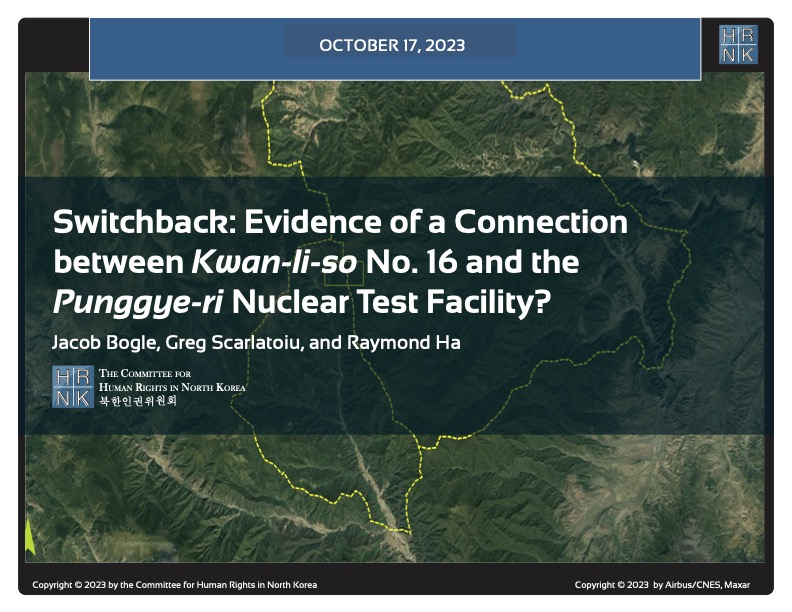
HRNK's latest satellite imagery report analyzes a 5.2 km-long switchback road, visible in commercial satellite imagery, that runs from Testing Tunnel No. 1 at North Korea's Punggye-ri nuclear test facility to the perimeter of Kwan-li-so (political prison camp) no. 16.
This report proposes a long-term, multilateral legal strategy, using existing United Nations resolutions and conventions, and U.S. statutes that are either codified or proposed in appended model legislation, to find, freeze, forfeit, and deposit the proceeds of the North Korean government's kleptocracy into international escrow. These funds would be available for limited, case-by-case disbursements to provide food and medical care for poor North Koreans, and--contingent upon Pyongyang's progress
For thirty years, U.S. North Korea policy have sacrificed human rights for the sake of addressing nuclear weapons. Both the North Korean nuclear and missile programs have thrived. Sidelining human rights to appease the North Korean regime is not the answer, but a fundamental flaw in U.S. policy.
(Published by the National Institute for Public Policy)
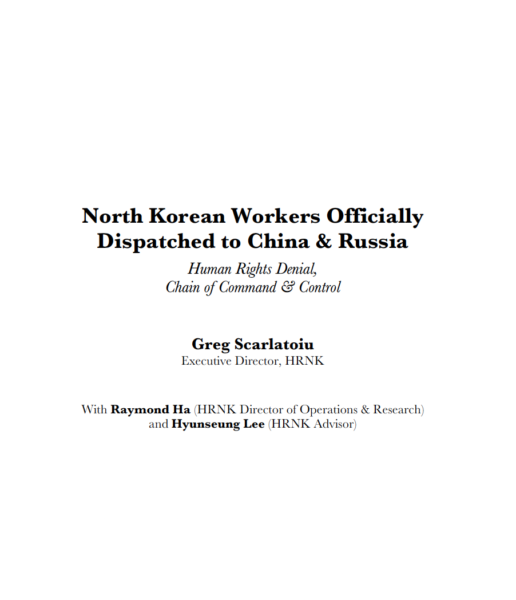
North Korea’s forced labor enterprise and its state sponsorship of human trafficking certainly continued until the onset of the COVID pandemic. HRNK has endeavored to determine if North Korean entities responsible for exporting workers to China and Russia continued their activities under COVID as well.
George Hutchinson's The Suryong, the Soldier, and Information in the KPA is the second of three building blocks of a multi-year HRNK project to examine North Korea's information environment. Hutchinson's thoroughly researched and sourced report addresses the circulation of information within the Korean People's Army (KPA). Understanding how KPA soldiers receive their information is needed to prepare information campaigns while taking into account all possible contingenc
This report is part of a comprehensive long-term project undertaken by HRNK to use satellite imagery and former prisoner interviews to shed light on human suffering in North Korea by monitoring activity at political prison facilities throughout the nation. This is the second HRNK satellite imagery report detailing activity observed during 2015 to 2021 at a prison facility commonly identified by former prisoners and researchers as “Kwan-li-so No. 14 Kaech’ŏn” (39.646810, 126.117058) and
This report is part of a comprehensive long-term project undertaken by HRNK to use satellite imagery and former prisoner interviews to shed light on human suffering in North Korea by monitoring activity at civil and political prison facilities throughout the nation. This study details activity observed during 1968–1977 and 2002–2021 at a prison facility commonly identified by former prisoners and researchers as "Kyo-hwa-so No. 3, T'osŏng-ni" and endeavors to e
This report is part of a comprehensive long-term project undertaken by HRNK to use satellite imagery and former detainee interviews to shed light on human suffering in the Democratic People’s Republic of Korea (DPRK, more commonly known as North Korea) by monitoring activity at political prison facilities throughout the nation. This report provides an abbreviated update to our previous reports on a long-term political prison commonly identified by former prisoners and researchers as Kwan-li-so<
Through satellite imagery analysis and witness testimony, HRNK has identified a previously unknown potential kyo-hwa-so long-term prison-labor facility at Sŏnhwa-dong (선화동) P’ihyŏn-gun, P’yŏngan-bukto, North Korea. While this facility appears to be operational and well maintained, further imagery analysis and witness testimony collection will be necessary in order to irrefutably confirm that Sŏnhwa-dong is a kyo-hwa-so.
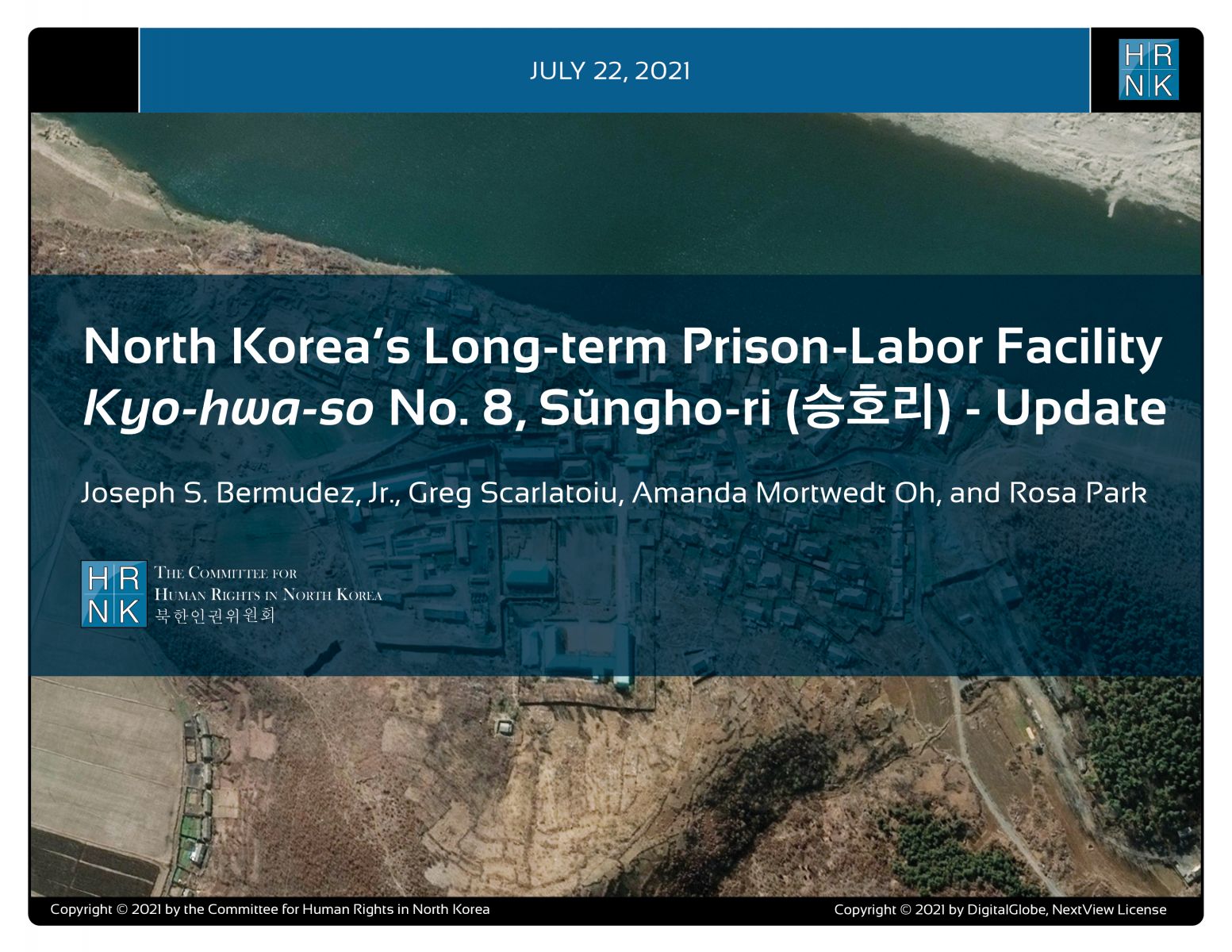
"North Korea’s Long-term Prison-Labor Facility Kyo-hwa-so No. 8, Sŭngho-ri (승호리) - Update" is the latest report under a long-term project employing satellite imagery analysis and former political prisoner testimony to shed light on human suffering in North Korea's prison camps.
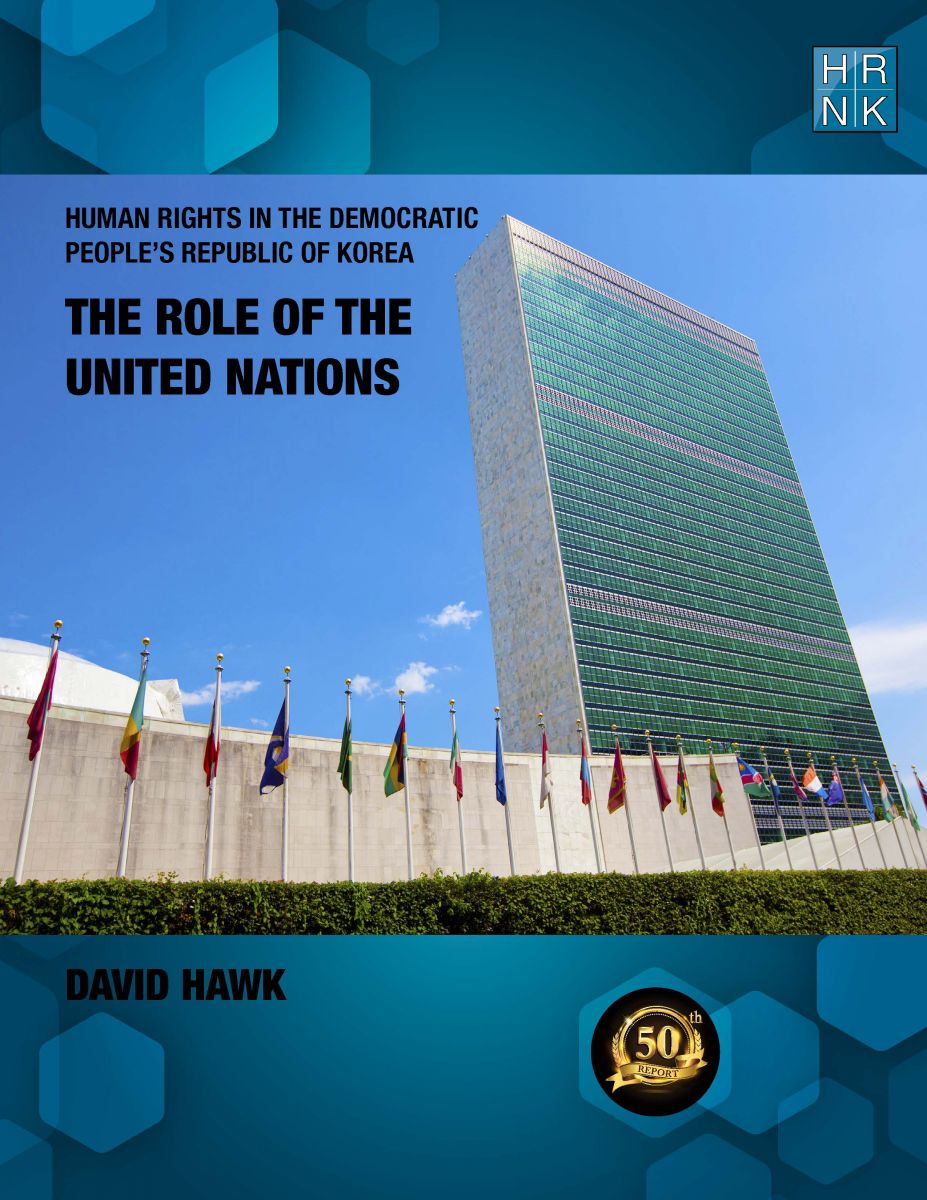
Human Rights in the Democratic Republic of Korea: The Role of the United Nations" is HRNK's 50th report in our 20-year history. This is even more meaningful as David Hawk's "Hidden Gulag" (2003) was the first report published by HRNK. In his latest report, Hawk details efforts by many UN member states and by the UN’s committees, projects and procedures to promote and protect human rights in the DPRK. The report highlights North Korea’s shifts in its approach
South Africa’s Apartheid and North Korea’s Songbun: Parallels in Crimes against Humanity by Robert Collins underlines similarities between two systematically, deliberately, and thoroughly discriminatory repressive systems. This project began with expert testimony Collins submitted as part of a joint investigation and documentation project scrutinizing human rights violations committed at North Korea’s short-term detention facilities, conducted by the Committee for Human Rights

